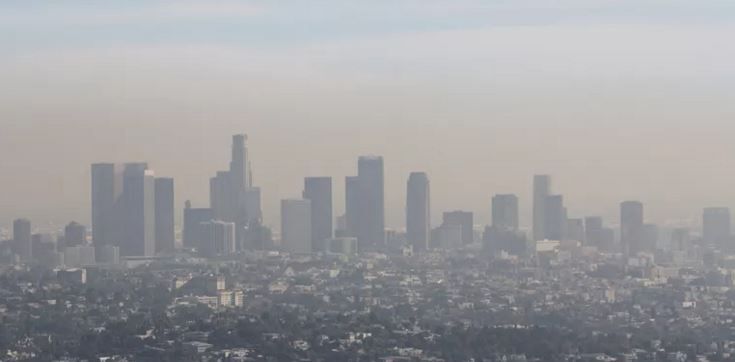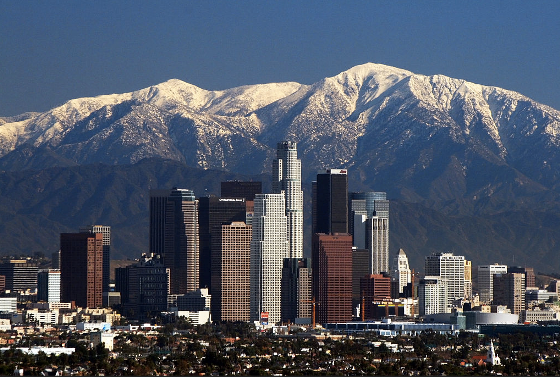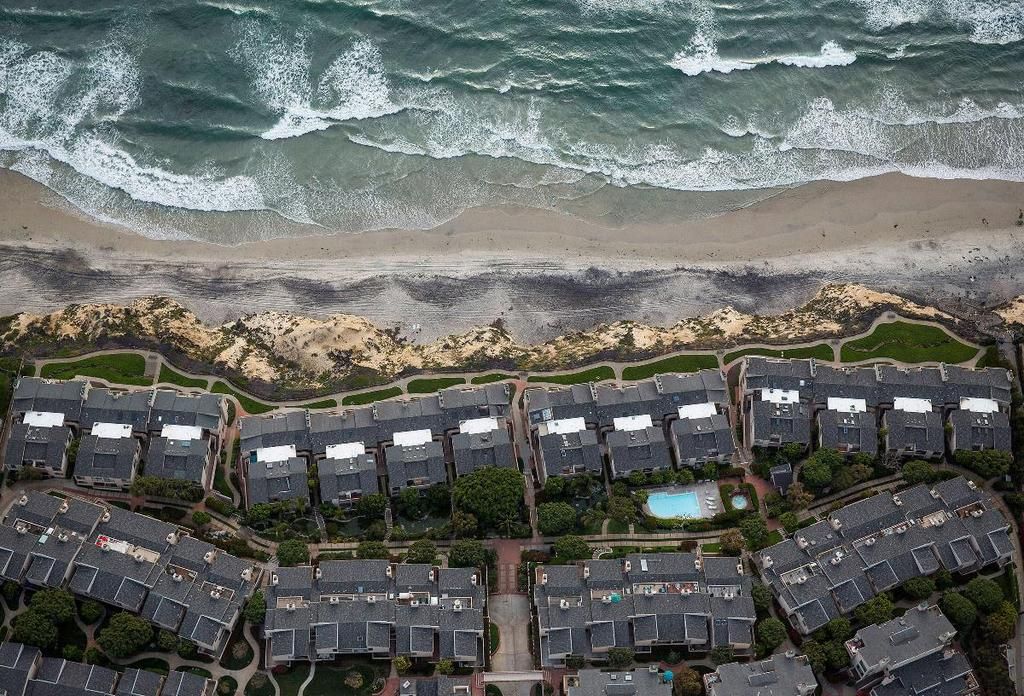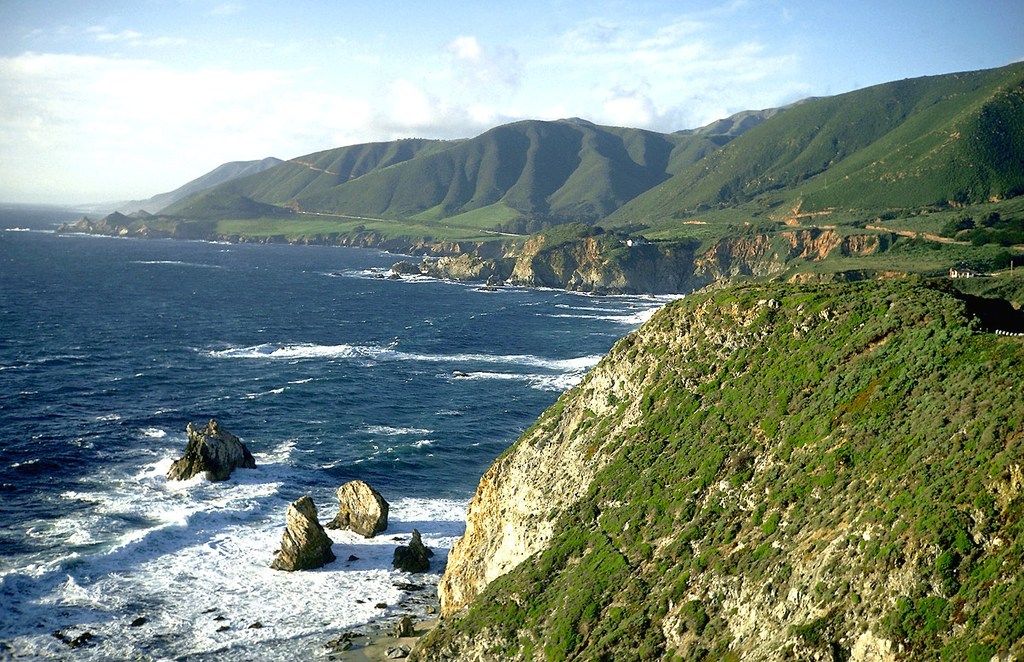Apparently in Some Parallel Universe L.A. Air is Too Clean, California’s Coast Too Undeveloped
Published on March 28th, 2016
Recent staff firings by the South Coast Air Quality Management District (SCAQMD) and the California Coastal Commission (CCC) suggest that the never-ending battles in an ever more crowded state to improve the L.A. basin’s unhealthy air quality and to preserve California’s remaining undeveloped coast have entered ominous new phases.
As reported in the Los Angeles Times earlier this month, the SCAQMD board sacked executive officer Barry Wallerstein in a 7-6 vote during a closed-door session. Wallerstein’s dismissal occurred just one month after industry-friendly Republicans took control of the board.
As L.A. Times reporter Tony Barboza puts it:
“Southern California’s air quality board moved forcefully to weaken pollution regulation Friday, firing the agency’s longtime leader and reaffirming new smog rules backed by oil refineries and other major polluters.”
 |
| Downtown Los Angeles blanketed by smog. Industry-friendly regulators have decided that L.A. air is too clean, so they intend to weaken pollution control regulations to allow more emissions. |
An earlier SCAQMD board appointed Wallerstein as executive officer back in 1997. During his 19-year leadership, he managed the agency charged with improving substandard air quality and protecting the health of 18 million residents of the smoggiest region in the country. Under Wallerstein’s tenure, pollution levels dropped substantially throughout the L.A. basin, but it remains a long way from satisfying federal ambient air quality standards.
 |
| There are just too many clean-air days like this, according to the South Coast Air Quality Management District: Downtown L.A. with the snow-capped San Gabriel Mountains behind. |
The L.A. basin includes L.A., Orange, Riverside and San Bernardino counties. Ninety percent of the contaminants basin residents inhale is from emissions (pollutants) from vehicles: cars, trucks, ships, trains and planes. Areas next to busy ports like Long Beach and San Pedro tend to have bad air, but the highest pollution levels are typically found in the Inland Empire (eastern portions of San Bernardino and Riverside counties), as prevailing onshore breezes push polluted air masses toward the San Gabriel and San Bernardino Mountains, which block their dispersal.
Republicans obtained a majority of seven on the SCAQMD board in late 2015 with the arrival of an Orange County councilman “who has been outspoken about the effects of air pollution regulations on businesses.”
Yet another recent Republican addition to the SCAQMD has remarked: “I believe that having jobs are just as important for a person’s health, for a family’s health, as having clean air.”
Of course, having a job is indeed very important to one’s mental and physical health and well-being. But the crux of the dilemma is this: the larger the population of the L.A. basin, the greater the number of jobs that must be created to employ eligible, able-bodied, working-age residents. Thus, the more industries that must be attracted, and the more smokestacks, pipes, vents and vehicular tailpipes there will be, all emitting filth into the air that you don’t want to breathe.
The SCAQMD board seems to have stolen a page from the California Coastal Commission, which a month earlier had fired its conservation-conscious executive director Charles Lester in a closed-door, 7-5 vote after a contentious meeting attended by hundreds in Morro Bay. The CCC is responsible for approving development and guiding public access along the state’s coveted coast, which is a precious resource of limited supply and an irreplaceable public asset.
 |
| The California Coast Commission would apparently like to see more of this along California’s coasts… |
 |
| …and less of this. It’s the greatest good for the greatest number, after all. |
Conservationists worry that Lester’s dismissal is a clear signal to CCC staffers to be accommodating toward developers.
CAPS too laments “the California we are losing.” Its production “California: Then, Now” shows what has been and what continues to be lost with ever greater numbers of people besieging the Golden State.
The reality is that as California’s bloated population of 39 million swells ever larger, it becomes ever tougher to protect what remains of our environment and our quality of life while still maintaining an acceptable standard of living. But nowadays, even most environmental groups are unwilling to publicly admit this “inconvenient truth.”
The hard, cold truth is that unrelenting population growth in California and the United States inevitably undermines environmental goals. The sooner the AWOL environmental movement, and Americans as a whole, reawaken to this reality, and act accordingly, the more of our cherished landscapes, air quality, water resources and wildlife we might be able to save.




